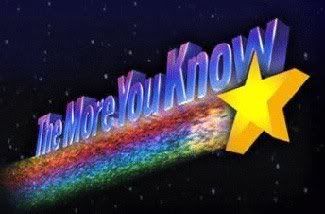Lets put the whole article on there:
http://www.edge-online.com/features/impressions-project-natal-ricochet
If there was something that kept our heart from leaping during Microsoft’s admittedly impressive (lifestyle video aside) onstage unveiling of Project Natal, it was our last experience with a camera-enabled Microsoft game, the limp You’re In The Movies.
We mention our fears during our chat with Microsoft’s Don Mattrick, and he promises that the system isn’t too good to be true before literally pulling us into a nearby meeting room to take part in a few games of Project Natal’s Ricochet prototype with the project’s creative director, Kudo Tsunoda.
On walking into the room, it’s immediately obvious that the system picks up Tsunoda’s body movements accurately with its stock but even lighting. And, challenged by Mattrick, Tsunoda dims the lights to the level of a dark but not pitch-black room, and returns to playing Ricochet with no drop in precision.
A topic only touched upon during Microsoft’s press briefing, Tsunoda explains that this was possible due to the way in which Project Natal analyses your body to create your “skeleton” which it can then accurately follow, even if your arm or leg moves out of the camera’s view. The software can predict the placement of the limb based on the positioning of the rest of the skeleton.
Of course, the proof is in the playing, and it isn’t until we step into the camera’s view that it starts to make sense. On beginning, the system takes 2-3 seconds to read your body shape, and we see our avatar readjusting its height, since we’re several inches shorter than Tsunoda. And then, as much as this might sound like hyperbole, every single movement, however small, Natal picks up, from a scratch of the nose to a small hop forward or backwards.
Ricochet itself, a simple 3D physics-enabled block-breaking game that reminds of the Dreamcast’s Cosmic Smash, is an effective demonstration of some of Project Natal’s capabilities. That said, our initial difficulties betray the separation that still remains between player and game. It’s hard to sense where the ball would exist in the real world, making it a challenge to reach out into real space in order to hit a virtual one. Moreover, once we manage to get it bouncing around, our reactions tend to lag a split second after the ball’s out of our reach.
So, while we have no qualms in stating that Project Natal reads movement supremely accurately, the issue of navigating a 3D space on a 2D screen remains an issue. Accordingly, Ricochet the game is much more about trying to deal with keeping a vast quantity of balls in play via quick, expansive movements.
With Ricochet currently a tech demo, it would ultimately be foolish to assume that Project Natal’s future will entirely consist of similar mini-game experiences – that would surely squander the breadth of the precision the system offers. But if Ricochet proves anything, it’s the bottom line: is Natal is for real? The answer to that is, definitively, yes.








































